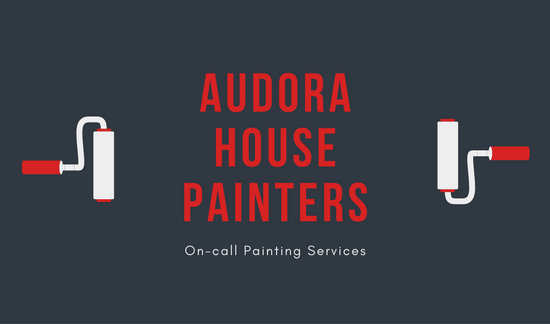When you're budgeting for a commercial paint task, it's easy to overlook specific prices that can slip up on you. You could think you've covered every little thing, yet hidden expenditures like surface area preparation and permits can swiftly build up. By recognizing these prospective mistakes beforehand, you can produce a more exact budget. But what details variables should you think about to stay clear of those expensive surprises? Let's explore how to evaluate your task's scope effectively.
Evaluating the Extent of Your Task
Prior to diving right into a business paint task, it's essential to examine the extent of your project.
Start by establishing the locations that require painting and the overall square footage involved. Think about exterior painting st paul of surface areas, whether they're drywall, timber, or steel, as this impacts the products and labor needed.
Next, review the condition of these surfaces; any kind of repairs or prep work will impact your timeline and budget.
Don't neglect to account for the type of paint you want, as top quality can differ substantially in price.
Lastly, consider ease of access. If certain locations need unique equipment or added precaution, you'll require to factor those expenses into your general budget.
Recognizing these aspects will certainly set you up for success.
Identifying Possible Hidden Expenses
When you've analyzed the scope of your commercial paint job, it's time to consider the possible covert expenses that can emerge.
You might forget expenses like surface prep work, which can consist of cleansing, patching, or priming. Weather-related delays can additionally cause unexpected expenses, so keep an eye on the forecast.
If your structure has numerous degrees or hard-to-reach areas, you may incur extra labor charges. Furthermore, take into consideration the expense of authorizations or inspections that might be required by local regulations.
Lastly, do not forget about the potential for boosted prices if you require special coatings or products. By identifying these feasible hidden prices in advance, you can budget plan more effectively and stay clear of surprises down the line.
Creating a Backup Plan
As you move on with your commercial paint work, it's essential to create a backup plan that addresses unanticipated difficulties.
Begin by recognizing prospective risks, like climate delays or supply scarcities. Appoint a section of your budget plan-- normally 10-15%-- to cover these unanticipated costs.
Next off, set mouse click the following web site and connect them with your group, so everyone's on the same web page. Routinely evaluate your plan and adjust it as required, specifically if scenarios alter.
Ultimately, guarantee you have trustworthy contacts, such as vendors and subcontractors, who can help you navigate any type of problems that arise.
Verdict
In conclusion, budgeting for your industrial paint task requires mindful preparation and awareness of potential surprise expenses. By evaluating the extent of your job and identifying locations where expenditures could develop, you can create a much more precise spending plan. Constantly include a contingency strategy to take care of unforeseen concerns. Remaining versatile and reviewing previous tasks will also aid you make educated choices. With these pointers, you'll be much better prepared to manage your costs and ensure a successful outcome.
